Introduction
Today, India is one of the six fastest-growing economies of the world & the ‘Construction industry’ serving as a major contributor, is in great need of digitalization.
Digital transformation is a key priority for solving challenges in processes, business models, and ecosystems of the construction industry.
The global construction industry has always been one of the last industries to adopt new technologies, may it be the digital twins, pre-fabrications, 3D Printing or the AR/VR - all of these buzzing words are in other industries for quite a long time, but now they are being looked at in the perspective of Architecture, Engineering and Construction (AEC) industry in the recent years, & now, this shift is at a faster pace.

In this direction, The BIM (Building information modeling - a process of generating, storing, managing, exchanging, and sharing building information) is acting as a key in digitizing the construction industry, It is enabling various project stakeholders to create information-rich virtual models that help better to visualize building projects. But the BIM models that we produce are of massive scale and complexity.
This hyper-connected ocean of complex data can really & effectively be converted into an experience through the immersive technology AR & VR. This enables us to finally deliver an experience in the field.
We can't really absorb the details of the actual site or interact with the objects with the traditional 2D drawings and the advanced 3D BIM Models. Though they are predominant for design communication, they often only offer a limited sheltered glimpse of a full experience. What if you could experience beyond that? Virtual reality & Augmented reality brings the opportunity to bridge that communication gap in this fragmented industry.

For those to whom this technology is new, I will just brief you about the terminologies of AR & VR.
Virtual reality (VR)
It is a computer-generated environment that someone can explore and interact with. To put it in simple words - here, a user wearing a VR headset is immersed in the virtual environment to get a 360-degree view of the virtual world.
What if the physical environment is enhanced with the digital content, it is Augmented reality (AR). It allows the virtual elements or the information - to overlap in the real world. To experience AR, the user can use any digital screen, such as smartphones, tablets, etc.
AR VR usage is not so new, they have been in the gaming industry for quite some time. Outside of just the gaming and entertainment Industry, AR & VR Technology is productively being used in many industries,, listing out a few is

Manufacturing & Automobile
where it helps the vehicle manufacturers to optimize their assembly lines.

Healthcare
When it comes to surgery precision is very much important. AR healthcare software gives X-Ray vision directly to the surgeons, helping in locating any serious problems at a very early stage & hence saving lives.

Retail
Companies are driving the AR VR market in recent years, like if you see IKEA is already using AR for home goods and furniture retailing, allowing the customers to manipulate and place the goods at their home scale and thus attracting more consumers.

Education
By making learning immersive, AR VR promotes student engagement and nurtures a better understanding of the subjects.
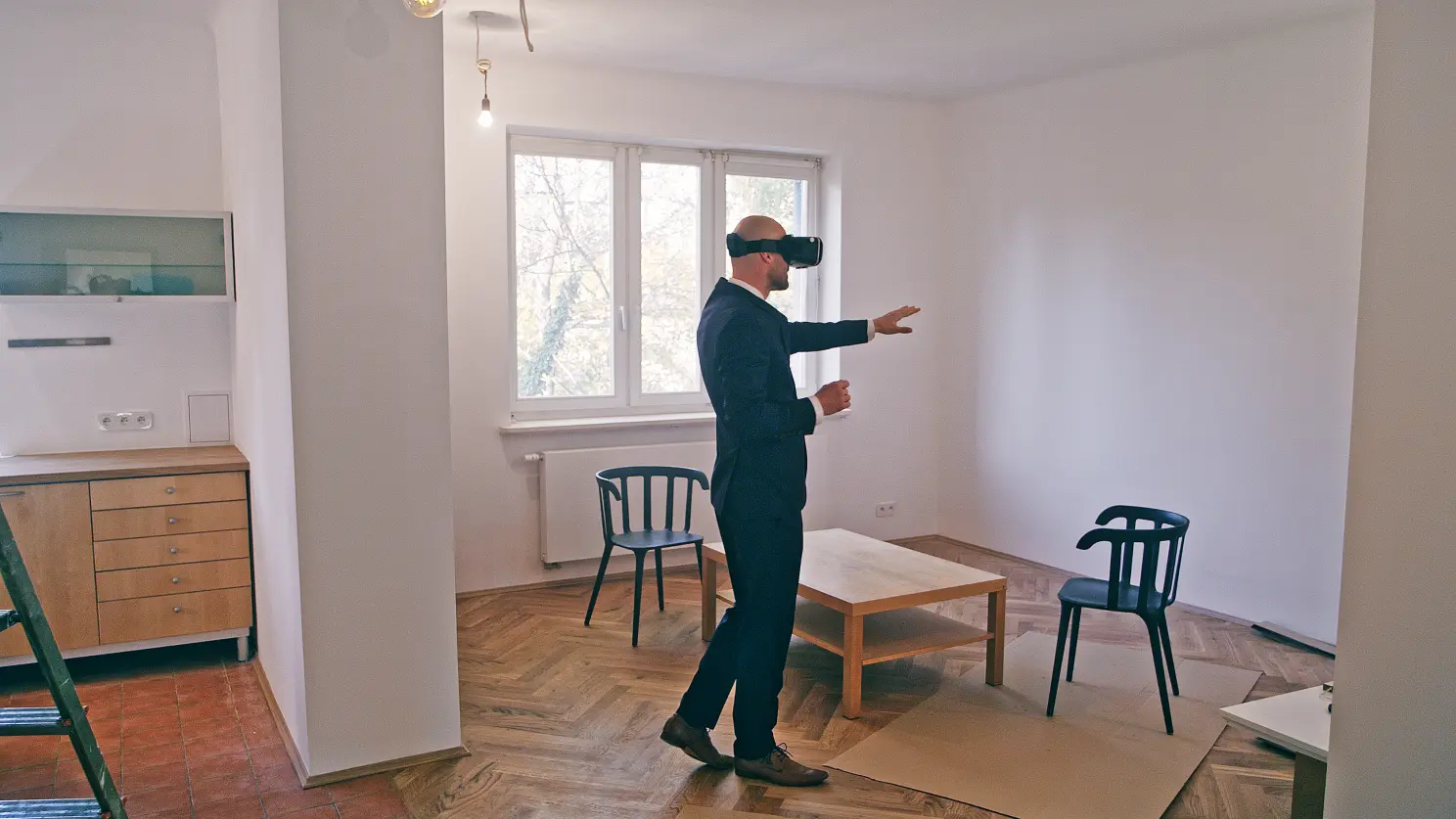
Real Estate
The biggest impact of AR/VR in real estate will be in “Virtual reality property tours”, the user will feel like he or she is in the actual physical home that is shown through the VR experience.
How AR & VR is being used in the Construction Industry
I will brief you stage wise. The three predominant phases of the lifecycle of any infrastructure are the design phase, on-field construction phase, and the operations and maintenance phase.

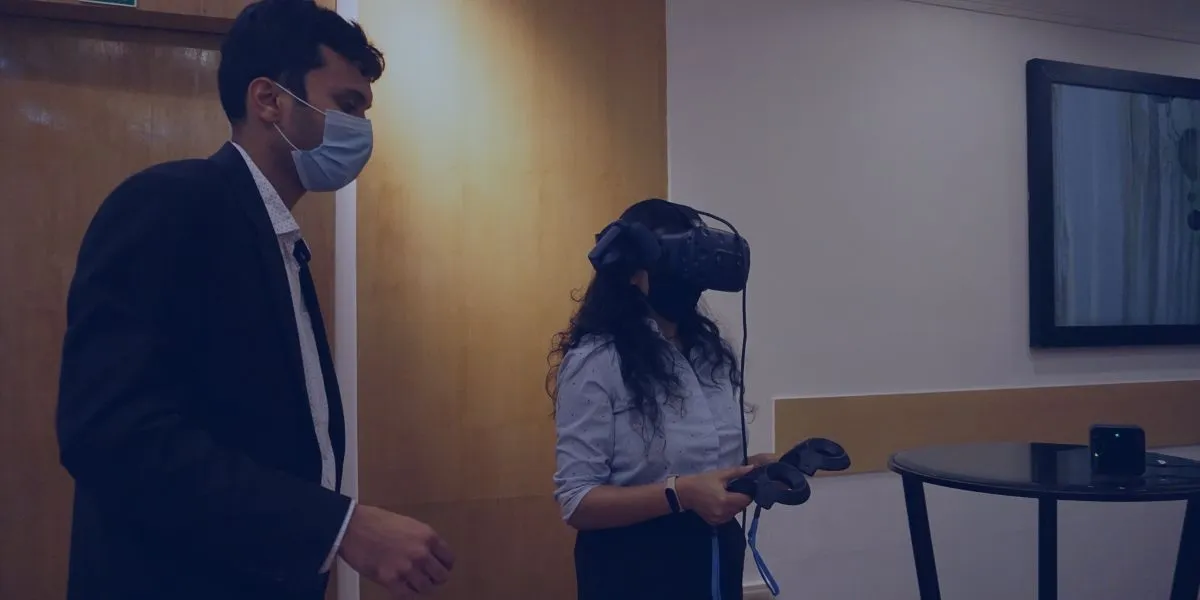

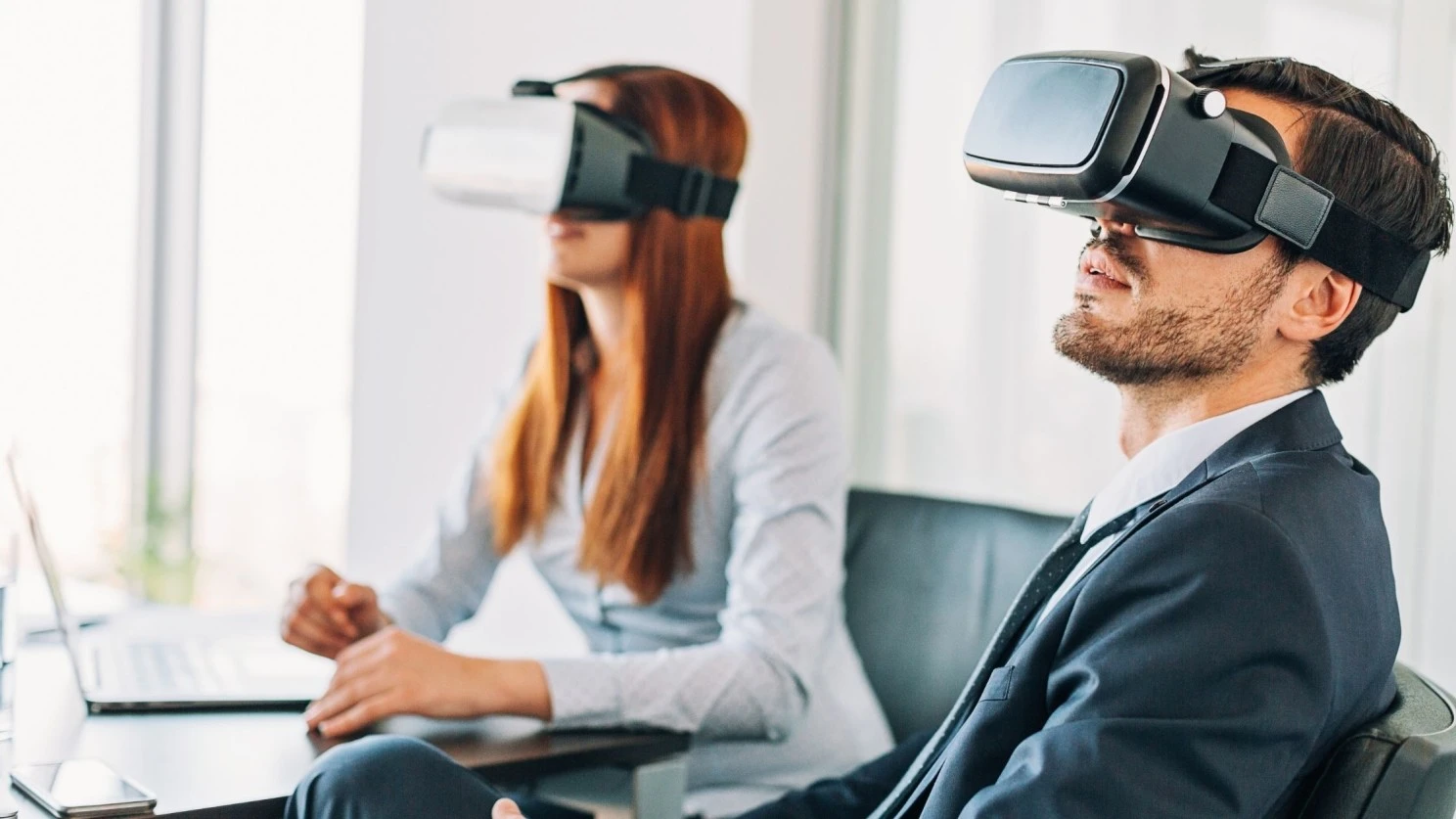




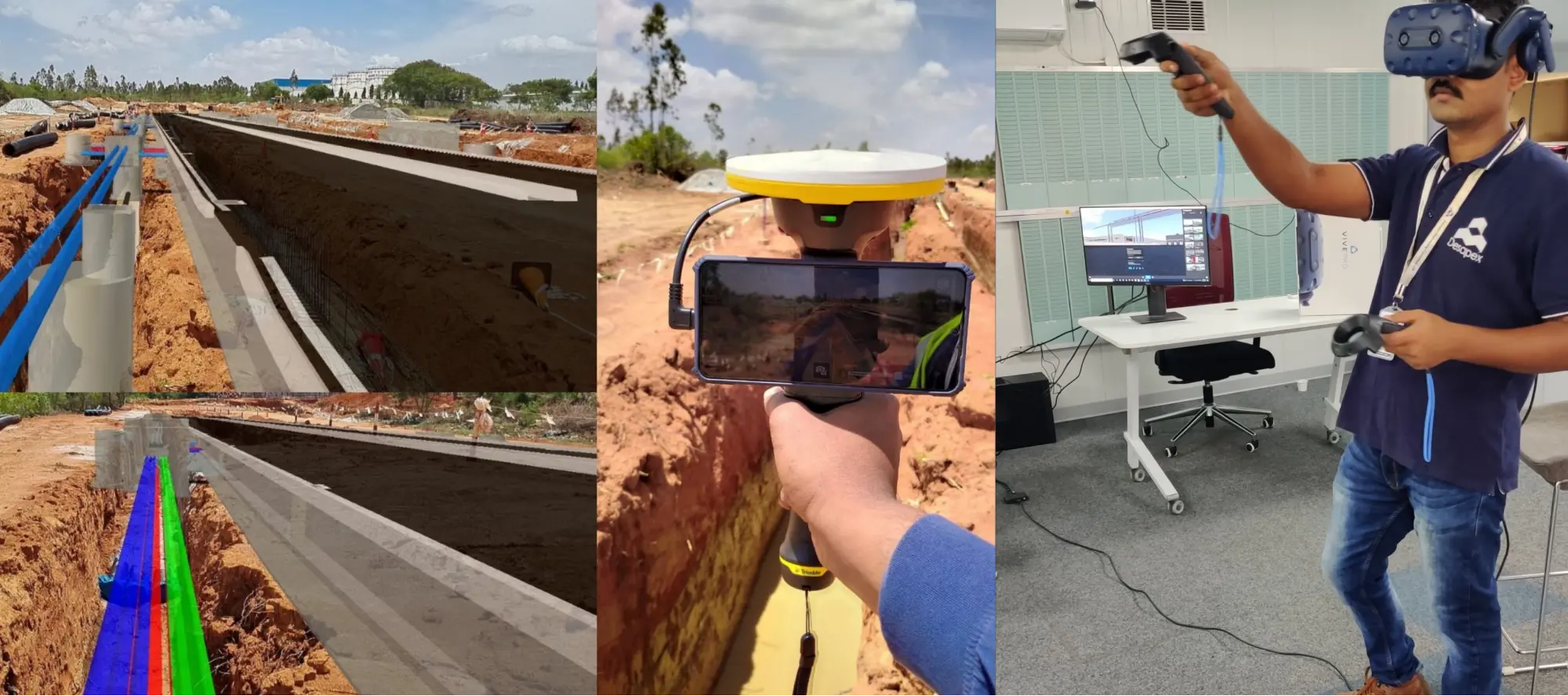





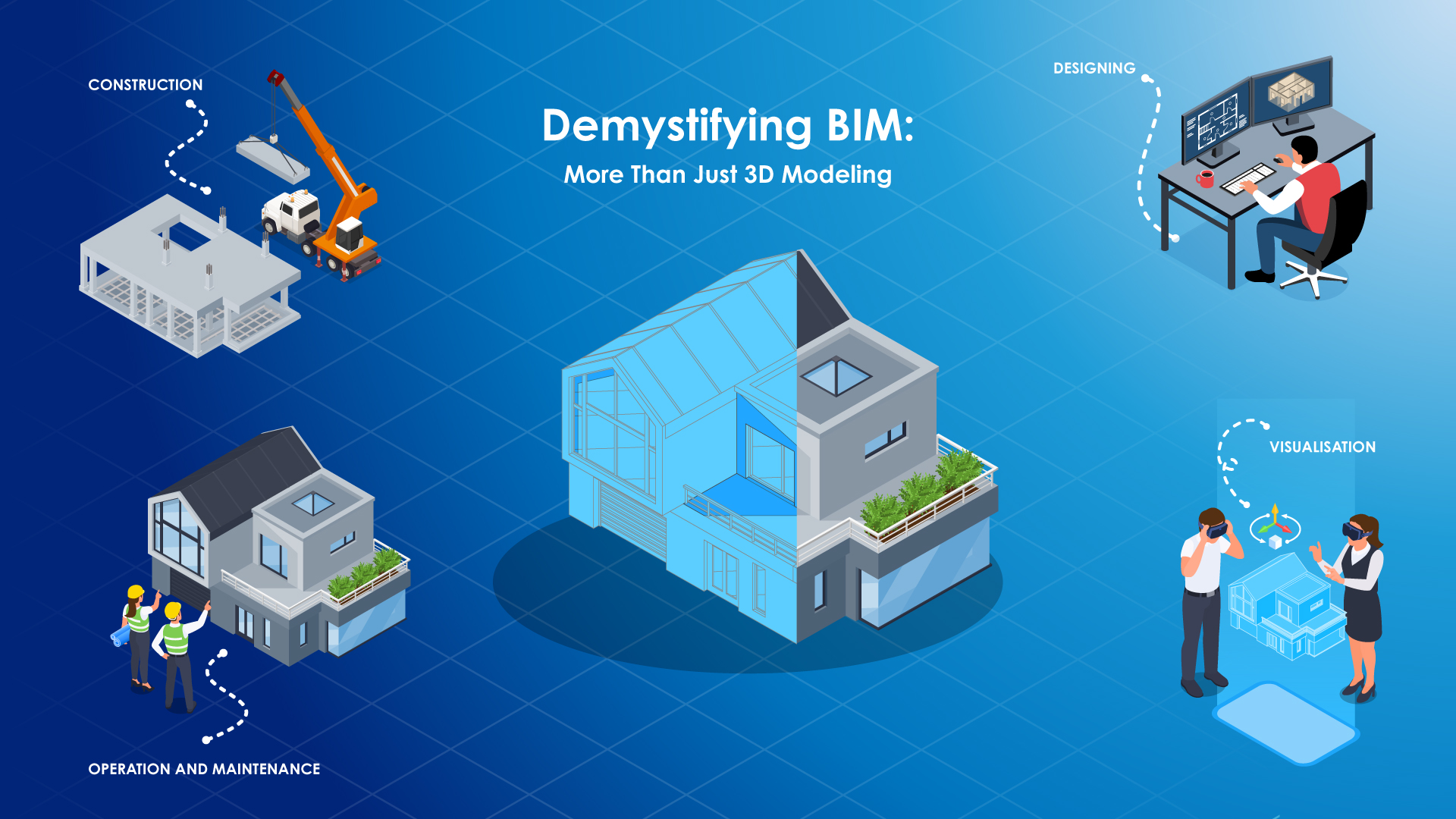
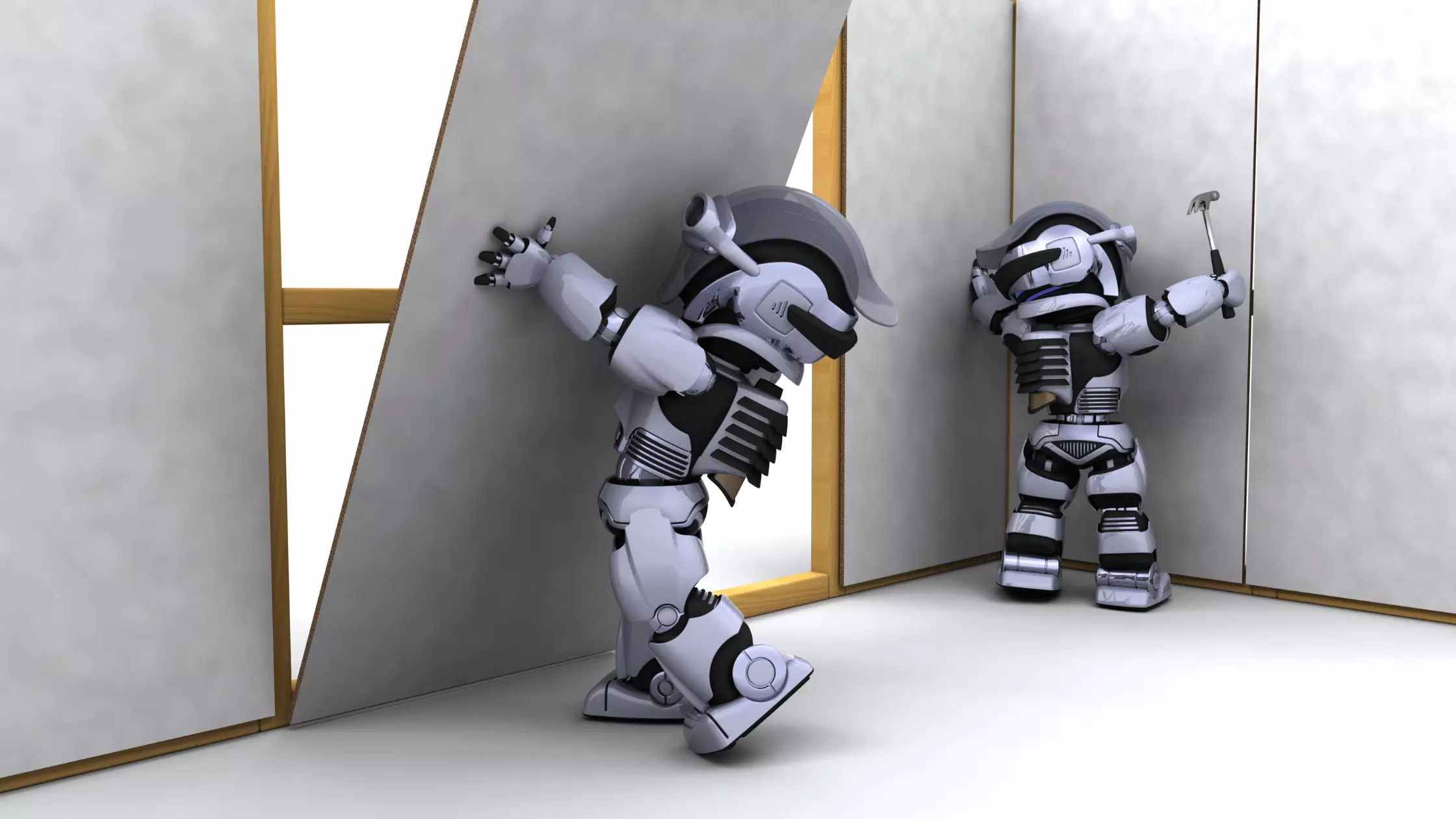

.png)
